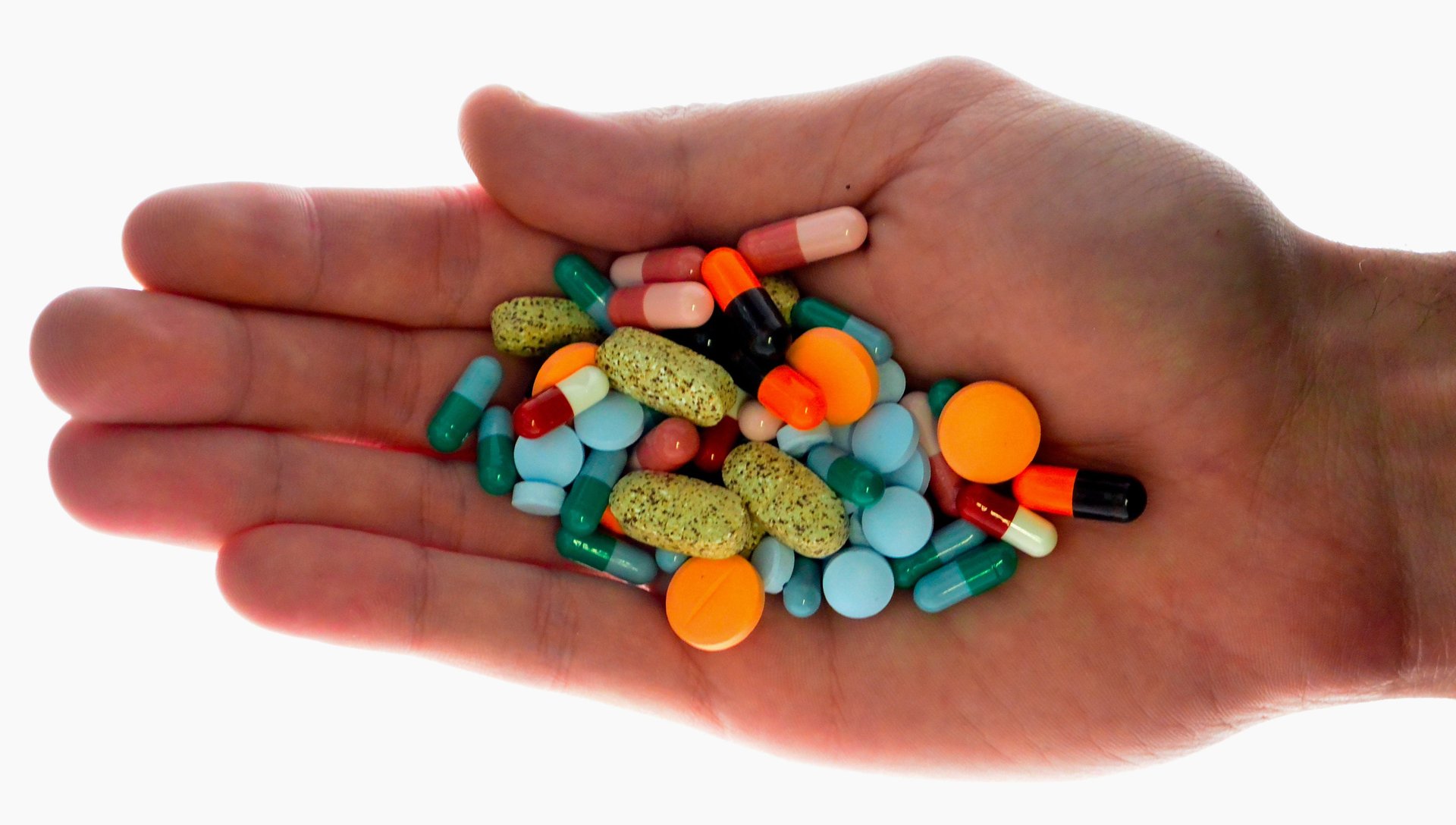Prescription drug pricing is totally broken, even for generics—here’s what happened
Epipens. Sovaldi. Tysabri. Acthar. Harvoni. Every month, it seems, there’s fresh outrage–from president Trump, the Congress, in the media, and among the public–over the soaring cost of prescription drugs.


Epipens. Sovaldi. Tysabri. Acthar. Harvoni. Every month, it seems, there’s fresh outrage–from president Trump, the Congress, in the media, and among the public–over the soaring cost of prescription drugs.
With good reason: The cash price for the average brand-name prescription drug has increased 48% since 2013. These increases put desperately needed treatments out of reach for many, and cost taxpayers (via Medicare and Medicaid) billions of dollars more every year.
But as expensive as they are, the brand name drugs in the headlines actually treat relatively few people.
Much less attention has been paid to the price of prescription drugs that tens of millions Americans take every day–that is, the 85% of prescriptions that treat common chronic conditions such as high blood pressure, high cholesterol, chronic pain, diabetes, and depression–and are usually generic medications, not brand-name drugs. Generics are the versions of drugs that get released after a manufacturer’s patent expires, allowing other makers to sell the same compound for less money–well, that’s how it’s supposed to work, at least. More than 3 billion prescriptions are written for generics every year. And the story of generic drug pricing is even weirder than brands.
We should start with the good news: generic drugs are, on average, getting cheaper. Patents on many blockbuster drugs–Crestor, Abilify, Nexium–have expired in recent years, and in some drug categories–statins or anti-depressants, for example–most treatments are now available as generics.
In theory, that should mean cheaper prices. In practice, not so much. Here’s why:
Until the last few years, insurance covered the cost of most generics; patients would chip in an average co-pay of about $10 and never think twice about the cost of their medications. Over the last decade, however, the $10 copay has slowly begun to disappear, and patients are exposed to prices that can vary wildly.
Part of this is driven by Obamacare. The ACA included prescriptions as an Essential Health Benefit, but it also allowed for very limited formularies, (the lists of drugs covered by insurers), extensive use of prior authorizations, (requiring extra approvals from doctor and insurer), and startlingly high deductibles–as high as $6,500 a year for entry-level Bronze plans–before those old-fashioned $10 co-pays kicked in.
At the same time, employee-provided insurance also changed dramatically. Plans that used to provide just one or two tiers of drug coverage now have as many as six, with patient costs ratcheting up with every tier. Meanwhile, copays are being replaced with “coinsurance”, where the consumer’s financial exposure is far greater–a percentage of the total cost, rather than a flat fee.
All this means that the average American has been quickly exposed to what’s called “usual and customary” (U&C) prices, which are the staggeringly high list prices for prescriptions that were never really intended for consumers to actually pay. Think of these prices like the sticker price on a car–most buyers know that the MSRP is a fool’s price, and the real, lower price is hashed out directly with the dealer. Same with the U&C price on drugs, except there’s no back office for consumers to negotiate with.
Take atorvastatin, which came on the market as Lipitor but has been available as a generic since 2011; the cash price for the most common dosage is $120 or more per prescription. Gabapentin, an oft-prescribed pain reliever, has a cash price of $75. Nexium, which went generic in 2015, has a cash price at $250 per fill. The story is even worse with diabetes drugs, including insulin, which are often not covered on insurance formularies altogether, (same with medications for erectile dysfunction and many dermatological conditions).
These prices aren’t just what people without insurance–which still numbers 30 million Americans and could rise substantially if current laws change–will pay. Add up the people in high deductible plans, on Obamacare, and more than 50% of Americans are at risk of paying the full cash price for generic medications.
Fortunately, there are now ways for consumers to comparison shop and access tools to make prescriptions more affordable, even when insurance can’t help. Some pharmacies have created programs to discount limited lists of prescriptions. Manufacturers are beginning to provide discounts and assistance programs to help reduce costs for cash-paying patients. And, over the past decade, pharmacy benefit managers–the companies that actually negotiate prices between manufacturers, insurers, and pharmacies–have launched discount cards that offer lower prices. Together, all of these discounts can provide significant savings; up to 75% off more expensive generics. The company I co-founded, GoodRx, has brought the same technology used to compare prices for plane tickets and TV’s to healthcare. We built a comprehensive database of all available discounts that shows consumers to the best available discount based on pharmacy and location, free of charge. It’s just one solution among many that are needed.
Every year, more Americans are diagnosed with chronic conditions, adding to the 50% of Americans currently coping with such diseases. These are conditions where medicine can’t promise a quick cure, but more typically offers years of coping through one or more medication. For these Americans–which sooner or later will include most of us–it’s essential that any solution coming out of Washington, or out of the drug industry, look beyond the headlines about expensive brand name drugs, and include the vast number of drugs taken by the vast majority of Americans. If we’re really going to address the high cost of drugs in America, we need to understand the real problem.